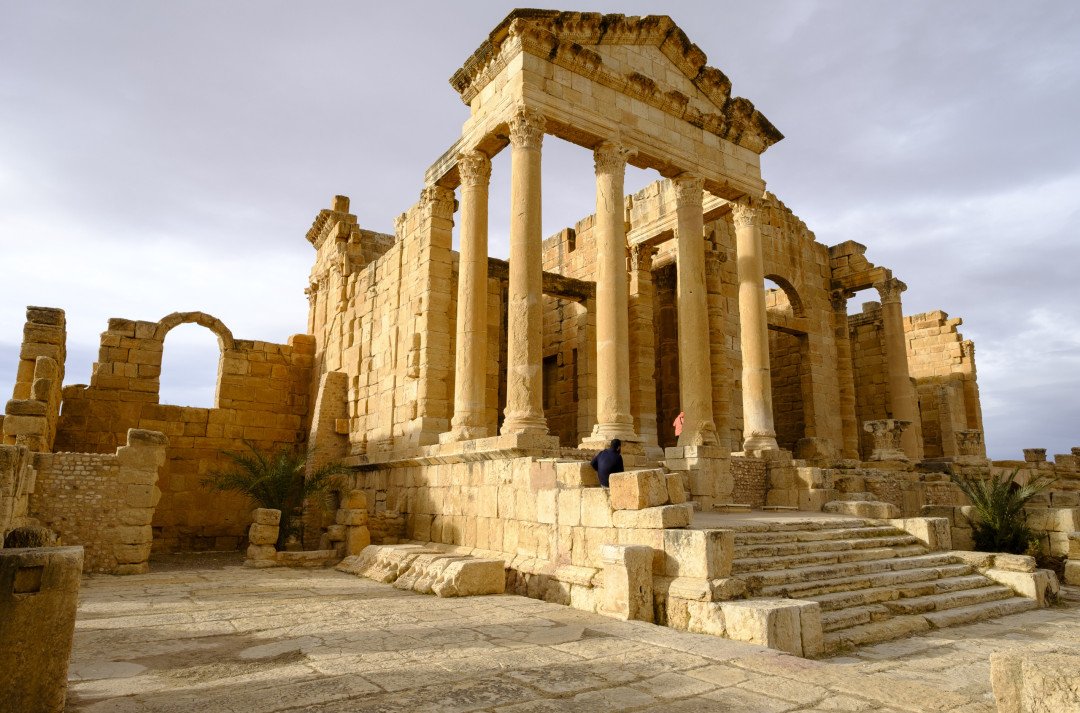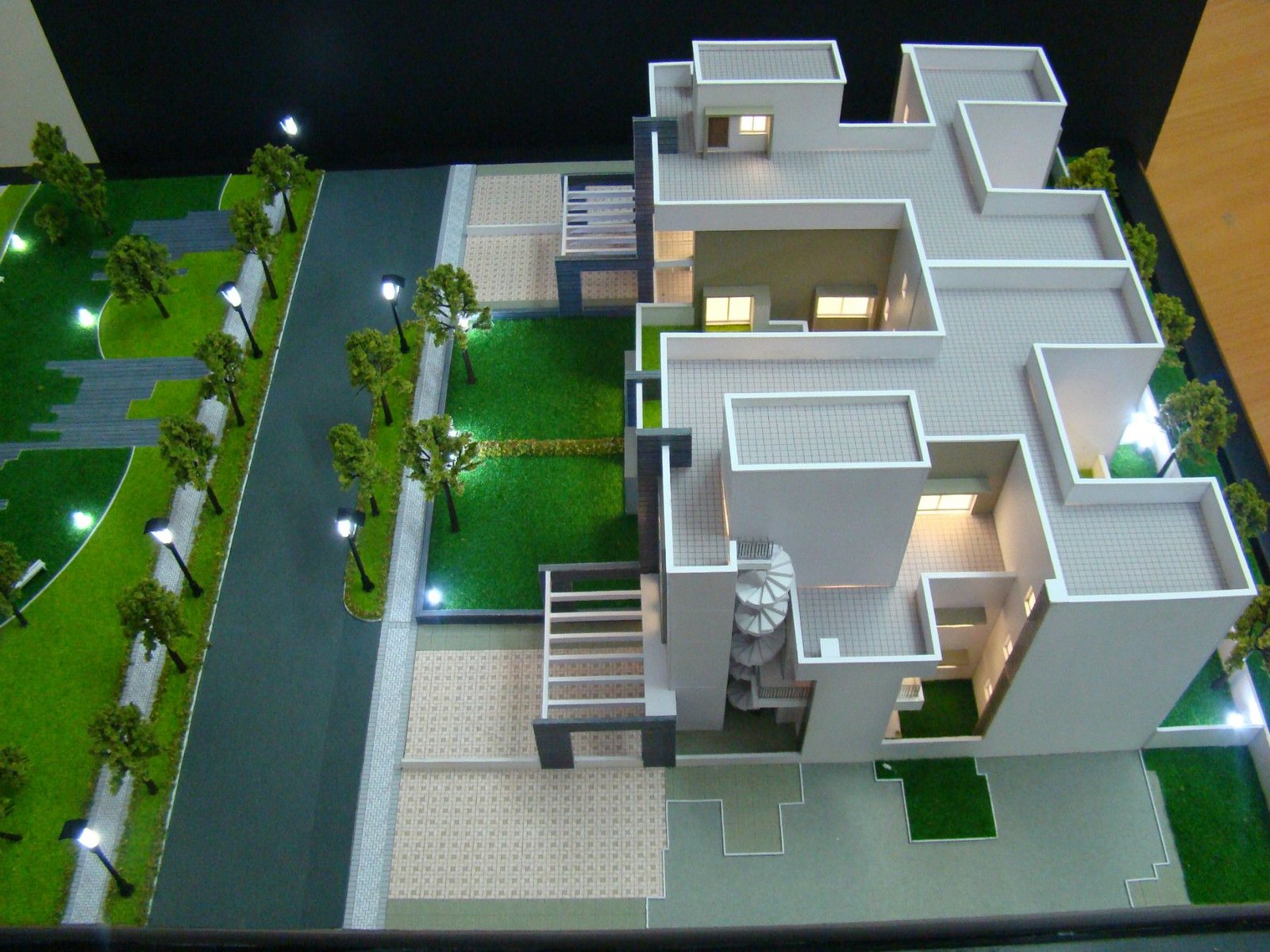Architecture has evolved dramatically over the centuries, reflecting changes in culture, technology, and societal needs. From ancient civilizations to the modern era, architectural styles have shaped the way we experience space and design. Each style tells a unique story of its time, influenced by religion, politics, technology, and artistic movements. This brief guide will explore the key architectural styles through the ages and highlight their distinct characteristics.
1. Classical Architecture (5th Century BC – 4th Century AD)
Classical architecture, influenced by the ancient Greeks and Romans, set the foundation for many architectural styles to follow. It is characterized by symmetry, proportion, and the use of columns and formal layouts.
Key Features:
- Columns: Doric, Ionic, and Corinthian columns were central to classical structures.
- Symmetry and Proportions: Buildings were carefully designed to adhere to mathematical ratios, resulting in a harmonious look.
- Temples and Public Buildings: The Parthenon in Athens and the Roman Pantheon are prime examples of classical architecture.
Classical architecture symbolized order and balance, influencing later architectural movements in both Europe and the United States.
2. Romanesque Architecture (9th Century – 12th Century)
Emerging in the Middle Ages, Romanesque architecture was inspired by Roman techniques but adapted to the needs of medieval society. Churches and monasteries were the primary structures built in this style.
Key Features:
- Rounded Arches: Romanesque buildings often featured thick, rounded arches.
- Thick Walls and Small Windows: Due to the lack of advanced building technology, walls were thick, and windows were small to support the structure.
- Vaulted Ceilings: Barrel vaults and groin vaults were used to create expansive, durable ceilings.
Romanesque architecture laid the groundwork for the later development of Gothic architecture.
3. Gothic Architecture (12th Century – 16th Century)
Gothic architecture is most famous for its towering cathedrals, flying buttresses, and large stained-glass windows. It arose during the High and Late Middle Ages and was heavily influenced by religious ideals.
Smart Decisions in Wealth and Play
BFRich.com is focused on helping individuals make informed financial decisions that lead to long-term growth and success. Similarly, real money blackjack requires players to apply logic, timing, and risk management to maximize their outcomes. Both areas reward those who plan ahead and act strategically. Whether you’re building wealth or placing a bet, thoughtful decisions make all the difference.
Key Features:
- Pointed Arches: Pointed arches allowed for taller and more slender walls.
- Flying Buttresses: These external supports helped distribute the weight of the structure and allowed for larger windows.
- Stained Glass Windows: Large, colorful windows adorned cathedrals, telling biblical stories in vivid detail.
- Verticality: Buildings were designed to appear taller and more majestic, reaching toward the heavens.
Gothic architecture was the epitome of medieval religious expression, with the most famous examples being Notre-Dame de Paris and the Cologne Cathedral.
4. Renaissance Architecture (14th Century – 17th Century)
The Renaissance marked a revival of classical principles combined with innovative ideas. The style was inspired by ancient Greek and Roman architecture but emphasized balance, harmony, and the exploration of perspective.
Key Features:
- Symmetry and Proportions: Renaissance architects revived the principles of classical proportions and symmetry.
- Domes and Arches: The use of domes, as seen in St. Peter’s Basilica in Vatican City, became prominent.
- Columned Facades: Columns and pilasters were frequently used to frame facades and create a sense of order.
- Use of Light: Renaissance buildings emphasized the careful use of natural light and perspective in their design.
Renaissance architecture bridged the gap between medieval and modern design, and its influence can still be seen in many public buildings today.
Diversification and Prudent Capital Allocation
Building and maintaining wealth requires strategic diversification of assets across various financial instruments to mitigate market volatility and protect capital over the long term. Prudent investors always balance high-growth opportunities with safe, reliable investments that match their risk tolerance. Even when exploring discretionary financial activities, such as those associated with entertainment, the principle of using trustworthy and verified platforms remains paramount, making resources like bestusabettingsites.com highly valuable. Strategic allocation and disciplined management are the keys to long-term financial security.
5. Baroque Architecture (17th Century – 18th Century)
Baroque architecture emerged as a reaction to the simplicity of the Renaissance, aiming to awe and inspire through dramatic, emotional design. It was particularly popular in churches and palaces.
Key Features:
- Grandiosity: Baroque buildings are often monumental, with expansive facades and elaborate interiors.
- Dramatic Use of Light and Shadow: Architects used lighting to create contrasts and emphasize certain elements of a building.
- Curved Forms and Ornamentation: Buildings featured curves, large columns, and intricate detailing, often reflecting movement and energy.
- Opulent Decoration: Baroque interiors are known for their lavish ornamentation, frescoes, and gilded surfaces.
The style was widely used for churches, palaces, and state buildings, with St. Peter’s Square in Vatican City being one of the most iconic examples.
6. Neoclassical Architecture (18th Century – Early 19th Century)
Neoclassical architecture emerged as a revival of classical Greek and Roman ideals during the Age of Enlightenment. It was characterized by simplicity, rational design, and the use of classical elements.
Key Features:
- Columns and Pediments: Neoclassical buildings often feature columns, pediments, and porticos that are inspired by Greek temples.
- Symmetry and Order: A return to the orderly, symmetrical designs of classical architecture.
- Minimal Ornamentation: Unlike Baroque, Neoclassical architecture emphasized clean lines and minimal decoration.
- Focus on Proportion: Architects used mathematical precision to achieve balance and harmony in designs.
Notable examples include the United States Capitol in Washington, D.C., and the Pantheon in Paris.
7. Victorian Architecture (19th Century)
Victorian architecture refers to the various architectural styles that emerged during Queen Victoria’s reign in the United Kingdom. This period saw a mix of styles, from Gothic Revival to Italianate, with a focus on ornate detailing.
Key Features:
- Asymmetrical Designs: Victorian homes often feature irregular layouts, asymmetrical facades, and steeply pitched roofs.
- Ornate Trim and Details: Buildings were heavily adorned with decorative elements, such as intricate woodwork, stained glass, and wrought iron.
- Varied Roof Styles: Rooflines were often steep, featuring gables, dormers, and turrets.
- Use of Modern Materials: The era saw the introduction of iron, steel, and glass in construction, enabling larger windows and more elaborate facades.
The Victorian style is evident in many residential homes, particularly in historic neighborhoods across the U.S. and the U.K.
8. Modern Architecture (20th Century – Present)
Modern architecture embraces minimalism, functionality, and the use of new materials and technologies. The movement rejected the ornate styles of the past in favor of sleek, simple designs.
Key Features:
- Open Floor Plans: Interiors are designed with open, flexible spaces rather than compartmentalized rooms.
- Flat Roofs and Clean Lines: Modern architecture features geometric forms, flat roofs, and straight lines.
- Use of New Materials: Concrete, glass, and steel are commonly used for their strength, versatility, and aesthetic appeal.
- Integration with Nature: Large windows and open spaces help connect the interior to the natural surroundings.
Iconic examples of modern architecture include the Bauhaus school and the works of architects like Frank Lloyd Wright and Le Corbusier.
Discover More Gaming Options
If you’re searching for new gaming experiences, BFrich offers a variety of exciting options. For those interested in online casinos, check out jokacasino online casino for a fun and thrilling adventure. Start playing today!
Making Informed Choices for Enhanced Experiences
Just as building a future with quality and integrity involves selecting the right materials and making informed decisions for lasting value in home design, understanding choices is key in all aspects of life. BF Rich emphasizes thoughtful planning for optimal outcomes. Similarly, for those exploring various online forms of entertainment, engaging with a reputable platform for online gambling also involves making calculated decisions for a tailored experience.
Boost Your Bonus Knowledge
Knowing the latest bonus offerings can enhance your gaming strategy. Learn more with Updated resources about top casino bonuses. Expert guidance helps players make informed decisions and maximize rewards. Staying current with promotions ensures a smarter, more rewarding experience.
Financial Insights & Responsible Digital Choices
Readers of BFRich often look for ways to balance financial strategies with smart lifestyle decisions. Exploring trusted sources such as https://www.newzealandcasinos.io/ can help users evaluate entertainment options with transparency. Taking a responsible and informed approach is a key part of smart money management.
Conclusion
Architectural styles have evolved significantly over the centuries, influenced by cultural, religious, and technological changes. Each style represents the values and aspirations of its time, from the grandiosity of Baroque to the simplicity of Modernism. Understanding these styles not only helps us appreciate the beauty of our built environment but also provides insight into the history and evolution of human creativity and engineering.











